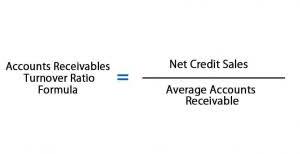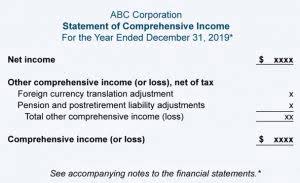
Traditionally, overhead costs are assigned based on one generic measure, such as machine hours. Under ABC, an activity analysis is performed where appropriate measures are identified as the true cost drivers. As a result, ABC cost accounting tends to be much more accurate and helpful when reviewing the cost and profitability of a company’s specific https://www.instagram.com/bookstime_inc services or products. Indirect labor consists of the cost of labor that cannot, or will not for practical reasons, be traced to the products being manufactured. So, allocating any portion of that cost to each product produced would be inaccurate. However, other indirect costs are more closely related to specific products or services.

What is not included in prime cost?

With these essential points in mind, businesses can gain valuable insights into their financial performance and optimize product cost accounting. Accurate records are vital for understanding how much it costs to produce a product or service and maximizing profits. By staying on top of their financials, businesses can ensure that their product costs are accurate and allow them to make informed decisions. It is essential to understand product cost to optimize direct materials usage. By understanding the product cost, a company can make informed decisions on reducing waste and increasing efficiency. Overhead or sales, https://www.bookstime.com/ general, and administrative (SG&A) costs are considered period costs.
How Are Production Costs Calculated?

Production costs can include a variety of expenses, such as labor, raw materials, consumable manufacturing supplies, and general overhead. The indirect expense related to manufacturing a finished product that cannot be directly traced is the factory or manufacturing overheads. In other words, overheads are that cost that is neither direct material nor direct labor. That is why overheads are indirect costs that include indirect labor and material costs.
- Overcosting can lead to losing customers and sales, financial problems, and even business closure.
- And they always stay the same regardless of the number of products or services you produce.
- Many businesses use a standard cost system to calculate their product costs accurately.
- Distinguishing itself from period costs—incurred for activities not directly tied to production—product costs play a pivotal role in determining product pricing.
- Remember that retailers, wholesalers, manufacturers, and service organizations all have selling costs.
- In the dynamic realm of business, where every decision matters, mastering the art of managing product costs is key to unlocking success.
- Indirect costs can include items such as rent, utilities, insurance, and administrative salaries.
A summary of the concept of product cost and period cost

Individually assessing a company’s cost structure allows management to improve the way it runs its business and therefore improve the value of the firm. Financial accounting is focused on reporting the financial results and financial condition of the entire business entity. In contrast to general accounting or financial accounting, cost accounting is an internally focused, firm-specific method used to product cost consist of implement cost controls. Cost accounting can be much more flexible and specific, particularly when it comes to the subdivision of costs and inventory valuation.
Full costing
- Also, they might not have a clear idea of how much their products or services cost so they might price them too low.
- The efficiency or quantity of the input used is considered a volume variance.
- Understanding product cost is critical for deciding which products to produce and sell and allocating resources such as time, labor, and materials.
- Types of expenses like rent, business equipment, and monthly salaries are good examples of fixed costs.
- To avoid these consequences, it is important for businesses to carefully consider their production cost assumptions and regularly review them to ensure that they are still accurate.
- The goal is to create a more accurate picture of the actual cost of each product.
These include fixed costs, variable costs, total costs, average costs, and marginal costs. When you add together both the variable costs and fixed costs they’re going to equal the total cost. Essentially, this is the total cost incurred for production including any changes to production volume. It was mentioned above, but the type of business you operate and the industry you’re in can impact production costs.


